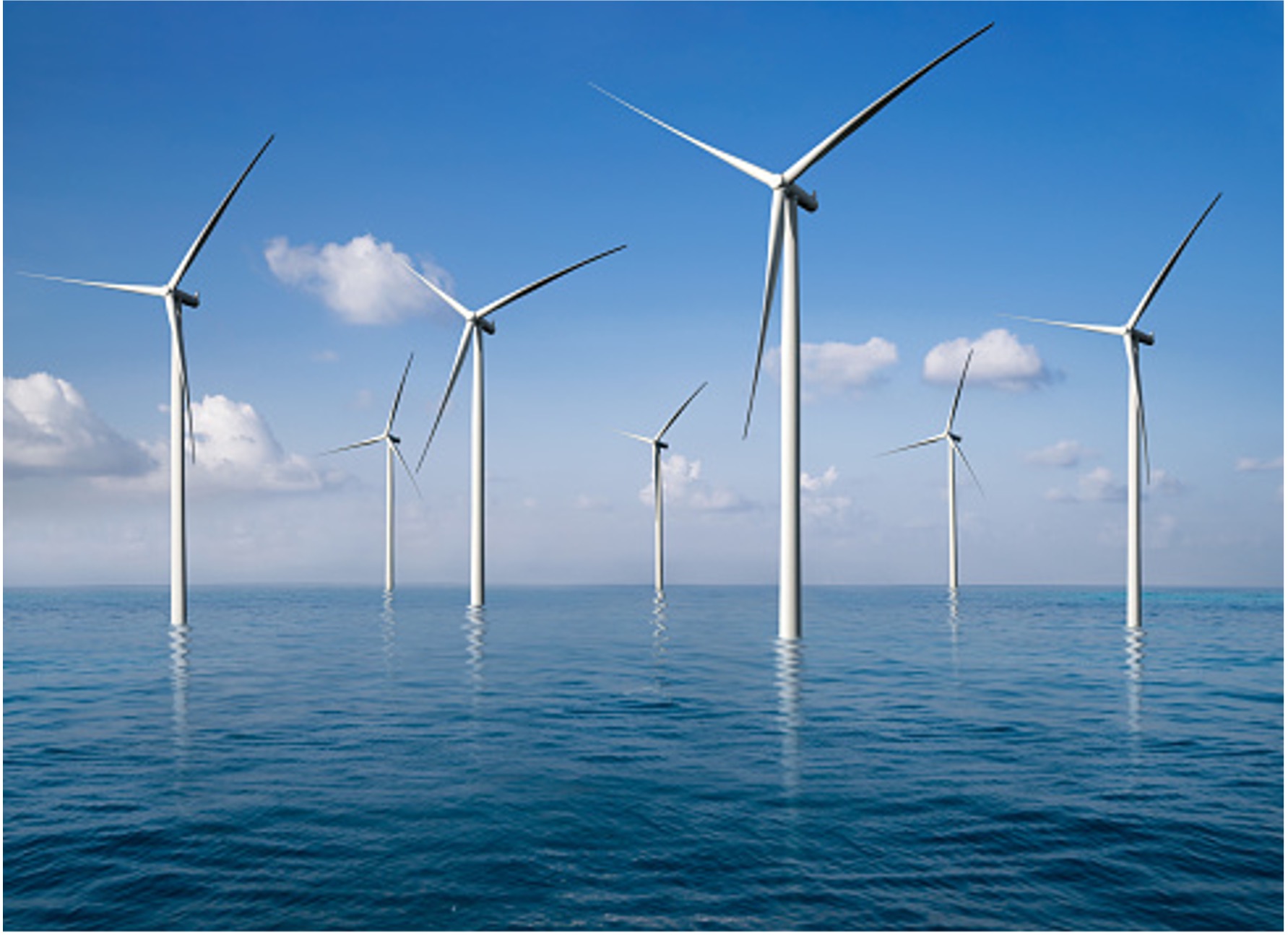Offshore Wind turbine
Offshore wind is a rapidly developing technology where the electricity is produced from the force of wind out at the sea. It is a infinite energy source as we know that wind potential of wind at sea is greater than the wind potential at the shore. This is considered as more efficient than on shore as the wind speed is high with relatively less turbulence and lack of physical interference.
The first offshore wind turbine was installed in Denmark in the year 1991 but has been decommissioned in the year 2017.
There are more than 57GW offshore wind turbines were installed in 18 different countries of which leading countries are UK, China, Germany, Denmark, and Netherlands (as per the MNRE data).
Offshore wind turbines are much larger in size when compared to onshore wind turbines. This can be in the range of more than 10MW per turbine.
India is blessed with lot of wind potential on both onshore and offshore. The recent assessments have identified that there is a availability of nearly 70GW of onshore wind power in the coast of Gujarat and Tamil Nadu.
Challenges:
- There are different types of foundations used in offshore wind projects based on the depth of the ocean at the turbine location.
- Types of foundations used are monopiles, gravity, jackets etc. for different sea levels.
- Major Challenge in designing foundation is due to the natural frequencies of the wind and waves.
- Marine ecosystem may get affected during the process of constructing the foundation.
- The next challenge might be transmission of generated power from offshore to onshore for the utility of power generated.
- The below image may show the process involved in transmitting the power.
Advantages:
- Increased energy yield compared to the onshore wind turbine.
- Offshore wind turbine is steadier than onshore wind turbine.
- Paves a way to achieve net zero as the space available are more.
- It has the capacity to produce more power due to reduced disturbances.
Disadvantages:
- Construction cost is high.
- Transportation of large foundations and turbine materials becomes very challenging
- Difficult to transmitting the power from the mid of the sea to shore.
- May affect the life pattern of the marine organisms
- Minimal Possibility of machine getting damaged due to cyclone or storm.














